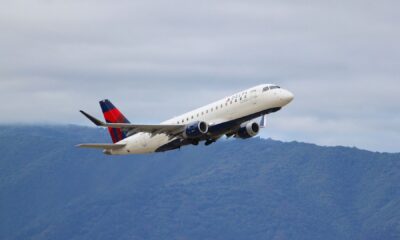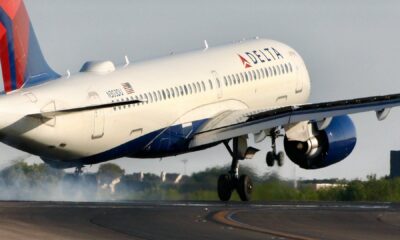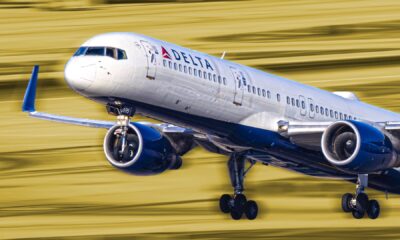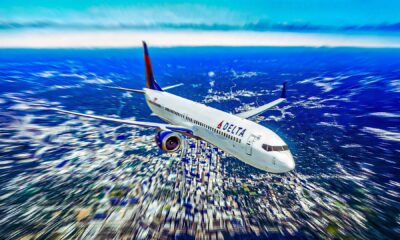World
Delta Air Lines to Retire Boeing 767-300ER Fleet by 2030
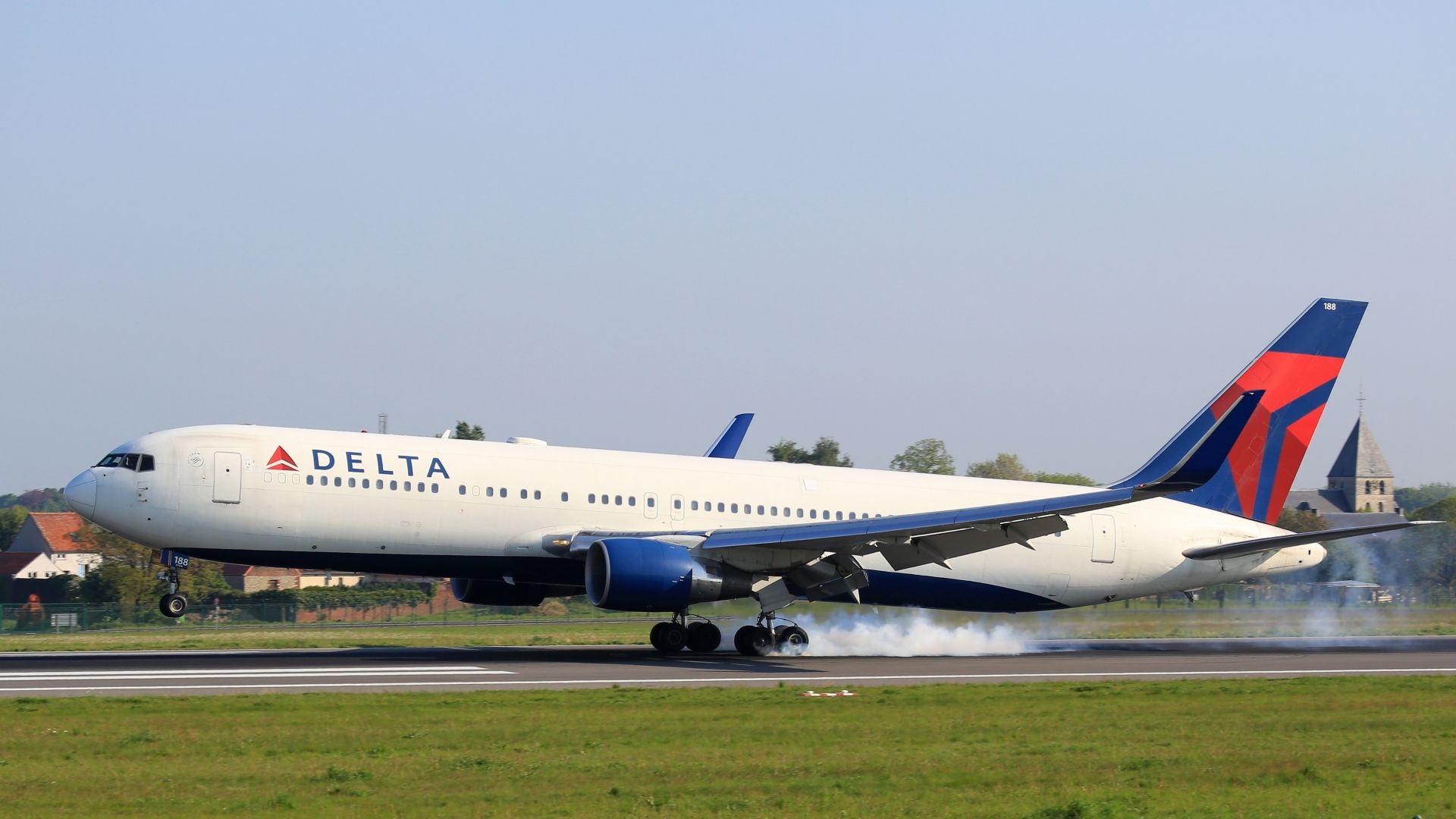
Delta Air Lines has announced its decision to retire its fleet of Boeing 767-300ER aircraft by 2030, with international long-haul services ceasing by 2028. This significant move marks a key transformation in Delta’s strategy concerning its widebody fleet. The airline’s fleet management is influenced by various factors, including aircraft age, fuel efficiency, and evolving passenger expectations.
The Boeing 767 has served as a reliable workhorse for Delta for decades, primarily on international and transcontinental routes. However, as the average age of the 767-300ERs approaches 30 years, the airline’s decision reflects broader industry trends emphasizing newer aircraft technologies and operational cost efficiency.
Legacy of the Boeing 767
Delta has a long-standing relationship with the Boeing 767 series, having introduced the original 767-200 in the early 1980s. The airline continued to operate this model until 2006. The 767’s design was groundbreaking at the time, enabling airlines to replace older tri- and quad-jets on transatlantic flights. Delta expanded its fleet with the stretched 767-300 and later the 767-300ER for medium to long-haul routes in the late 1980s and early 1990s. Currently, Delta operates 37 767-300ERs and 21 767-400ERs, according to data from Planespotters.net.
In a recent earnings call, Delta’s President Glen Hauenstein confirmed the planned retirement of the 767-300ERs from international long-haul service by 2028, with total retirement expected by 2030. The increasing maintenance costs and reduced operational efficiency of these older aircraft have played a pivotal role in this decision.
Factors Influencing the Retirement
The retirement of the 767-300ERs stems not solely from their age but also from various operational pressures. Significant factors include the demand for improved fuel efficiency, adherence to environmental regulations, and heightened passenger expectations for cabin comfort and amenities.
Newer widebody aircraft, such as the Airbus A350 and the Airbus A330 neo family, provide markedly better fuel efficiency and lower emissions per seat. As fuel expenses represent a substantial portion of operating costs, transitioning to more efficient aircraft could yield considerable savings for Delta. Additionally, regulatory pressures regarding carbon emissions and noise pollution compel airlines to modernize their fleets to avoid incurring higher costs or losing valuable route access.
The evolving expectations of passengers further drive Delta’s shift. Today’s travelers anticipate features such as lie-flat business seats, enhanced in-flight entertainment, and quieter cabins. Retrofitting these amenities into older aircraft is often impractical and costly. As Delta upgrades its cabin products, including the introduction of Delta One Suites, investing in aging 767-300ERs becomes less viable.
Moreover, fleet commonality plays a crucial role in operational efficiency. Maintaining a diverse range of aircraft types complicates training, spare parts management, and crew scheduling. By replacing older 767s with modern, efficient widebodies, Delta aims to standardize its fleet and reduce overall operational costs.
Replacement Aircraft Already on Order
Delta is not retiring its 767-300ERs without a plan for replacement. The airline has placed substantial orders for newer widebody aircraft, with deliveries scheduled to begin shortly. In January 2024, Delta announced an order for 20 Airbus A350-1000 aircraft, with options for an additional 20. These aircraft are set to enter service beginning in 2026 and are part of Delta’s broader strategy to refresh its widebody fleet. The A350-1000s are projected to offer over 20% better fuel efficiency compared to the 767 series.
In addition to the A350-1000s, Delta is integrating more Airbus A330-900neo aircraft into its long-haul operations. Some transatlantic routes from Boston and New York-JFK are already being upgraded to A330-900neo service, allowing Delta to transport more passengers at a lower cost per seat mile.
Future Considerations for Fleet Expansion
Looking beyond its current orders, Delta may also consider additional aircraft types to further optimize its fleet. Potential candidates include the Boeing 787 family, particularly the 787-8 and 787-9 models, which offer enhanced fuel efficiency and passenger comfort. This strategy aligns with approaches taken by other airlines, such as United Airlines.
Increasing the number of Airbus A330-900neos is another viable option, as Delta is already familiar with this model. The A330neo’s range and capacity make it a logical choice for replacing the retired 767-300ERs. Additionally, if demand warrants, Delta could opt to exercise its options for more A350-1000s, particularly for high-demand international routes.
As the aviation market evolves, new aircraft development programs may emerge, providing Delta with further opportunities to enhance its fleet. This includes advancements in engine technology and the introduction of new widebody models that could disrupt current plans.
Implications for Delta’s Future
The phased retirement of the 767-300ER fleet by 2030 carries several implications for Delta’s operational strategy and environmental profile. By replacing older aircraft, Delta can expect reduced operating costs, improved reliability, and decreased maintenance downtime. Environmentally, transitioning to newer models will lower CO2 emissions per seat and enhance compliance with evolving regulations.
From a competitive standpoint, airlines that modernize their long-haul fleets often gain an edge in passenger satisfaction through upgraded cabins and amenities. For travelers, this transition indicates that they can look forward to flying on newer, more comfortable aircraft on long-haul routes, potentially with improved service levels.
Looking ahead, key factors to monitor include the ultimate number of A350-1000s Delta will acquire, whether additional aircraft orders will be placed, and the expansion rate of the A330-900neo fleet. Additionally, Delta’s potential introduction of Boeing 787 models versus maintaining an almost entirely Airbus fleet will shape its future operations. External influences, such as fuel pricing trends and regulatory frameworks, will also play a significant role in determining the timeline and specifics of Delta’s fleet replacement strategy.
In summary, Delta’s decision to retire its 767-300ERs by 2030 reflects a combination of necessity and opportunity. The aging aircraft are becoming increasingly costly to operate and less capable of meeting modern demands. With substantial investments in newer widebody aircraft already underway, Delta is positioning itself for a more efficient and customer-focused future in the competitive airline industry.
-

 Politics4 weeks ago
Politics4 weeks agoSecwepemc First Nation Seeks Aboriginal Title Over Kamloops Area
-

 World5 months ago
World5 months agoScientists Unearth Ancient Antarctic Ice to Unlock Climate Secrets
-

 Entertainment5 months ago
Entertainment5 months agoTrump and McCormick to Announce $70 Billion Energy Investments
-

 Science5 months ago
Science5 months agoFour Astronauts Return to Earth After International Space Station Mission
-

 Lifestyle5 months ago
Lifestyle5 months agoTransLink Launches Food Truck Program to Boost Revenue in Vancouver
-

 Technology3 months ago
Technology3 months agoApple Notes Enhances Functionality with Markdown Support in macOS 26
-

 Lifestyle3 months ago
Lifestyle3 months agoManitoba’s Burger Champion Shines Again Amid Dining Innovations
-

 Top Stories2 months ago
Top Stories2 months agoUrgent Update: Fatal Crash on Highway 99 Claims Life of Pitt Meadows Man
-

 Politics4 months ago
Politics4 months agoUkrainian Tennis Star Elina Svitolina Faces Death Threats Online
-

 Sports5 months ago
Sports5 months agoSearch Underway for Missing Hunter Amid Hokkaido Bear Emergency
-

 Politics5 months ago
Politics5 months agoCarney Engages First Nations Leaders at Development Law Summit
-

 Technology5 months ago
Technology5 months agoFrosthaven Launches Early Access on July 31, 2025

